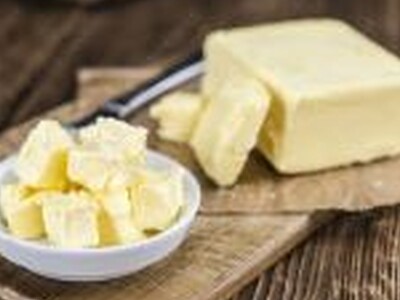Heritage Animals
Heritage Animals. I’m Greg Martin with today’s Line On Agriculture.
Most of us think a horse is a horse of course...and a cow is a cow...Jeannette Beranger with the American Livestock Breeds Conservancy says there is an active effort going on to save various animal breeds from extinction.
BERANGER: We’ve been around for about 35 years and our mission is to conserve the genetic resources that are represented in the old time or heirloom breeds of livestock and poultry. And what that means is the breeds that we’re concerned with working with, should they disappear there is no way to recapture those genetics again. So every time you lose a breed, you lose a little bit of genetic diversity.
Those genetics could be a very important part of other breeds longevity and usefulness.
BERANGER: As you lose genetic diversity you encounter a number of problems ranging from fertility issues to vitality with longevity, ease of birthing. There’s all kinds of problems that can creep into a population if you don’t have enough diversity within it.
She says this can be a genetic reservoir that they can tap into if necessary. Problems such as disease resistance could be addressed. A recent magazine article discussed a number of horse breeds that are in danger of disappearing. Then there is the historical aspect of these breeds.
BERANGER: Part of what we work to conserve is not only the animals but the culture that made them and that helps us to understand how they function within an agricultural system and also how people relate to them. A lot of these breeds have very rich cultural ties to the people that created them and a lot of the reason why they’re still around is because people don’t want to let go of that connection.
Beranger presents workshops around the country on both heirloom horse and hog breeds. But they also are working to conserve cattle, goats, chickens, sheep, rabbits, donkeys, geese, ducks and turkeys.
BERANGER: We’ve got about 187 breeds that we work with within those species so it’s a challenge to be able to prioritize where you’re going to be most effective and that’s why we’ve come out with what’s called the Conservation Priority List every year. And based on very particular criteria we’re able to identify breeds that are in most need of assistance.
That’s today’s Line On Agriculture. I’m Greg Martin on the Ag Information Network.

















